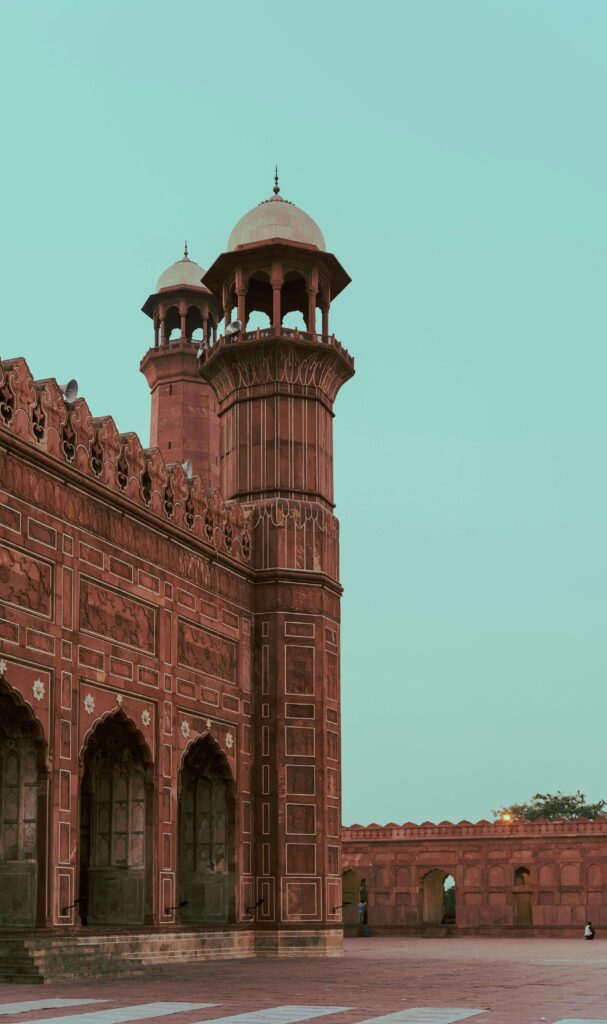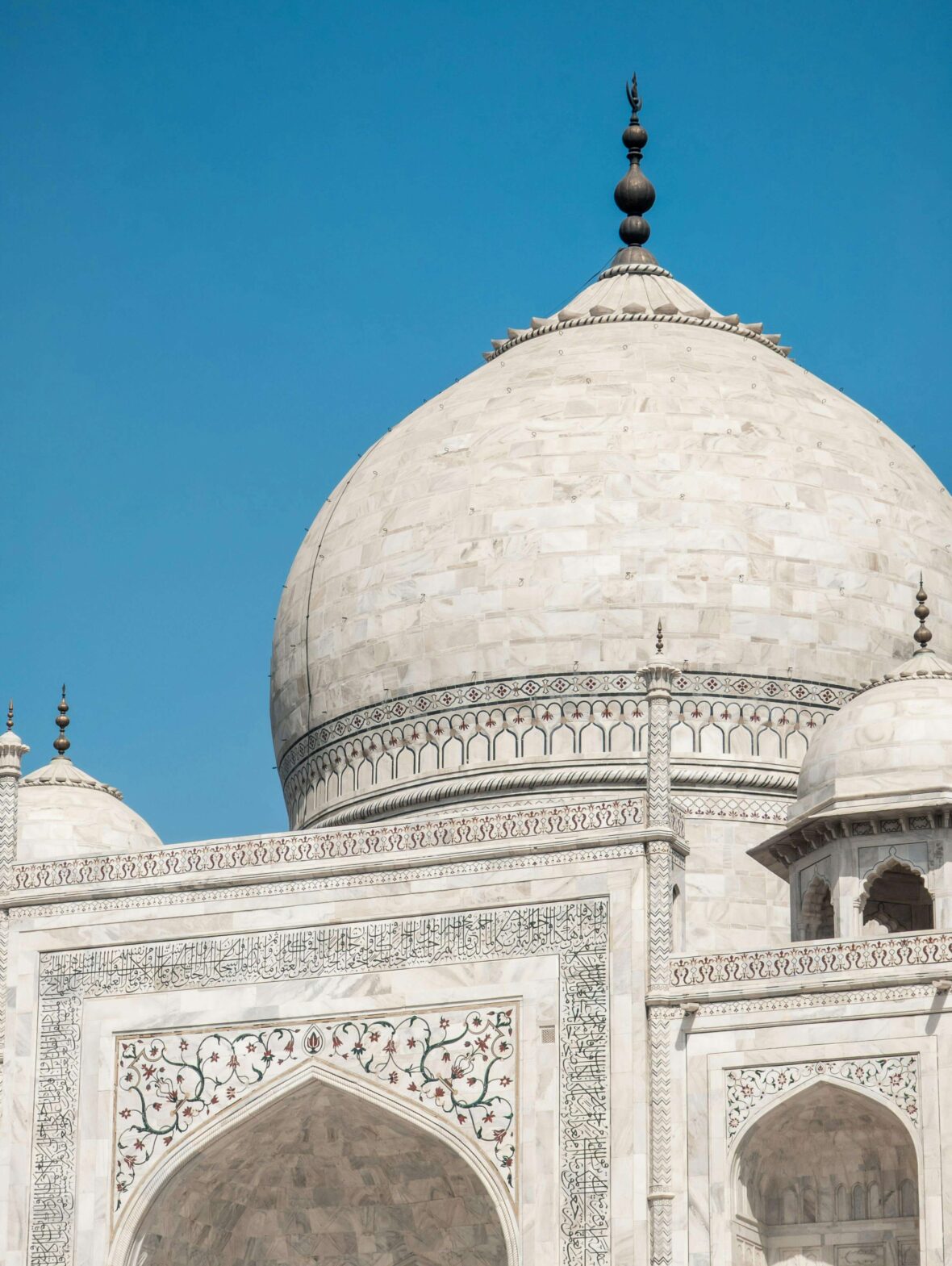Mughal Miniature Paintings: A blend of Art and Architecture
Mughal miniature themes
The architectural history that is depicted in Mughal miniature is quite rich and diverse, showing many of periods and cultures. Like in ancient India the Ajanta and Ellora Caves in South Asia are renowned for their complicated paintings depicting architectural sensations. The Mughal era is known for their remarkable its miniature paintings, which often showcase grand palaces and sensational gardens, as seen in works like the “Padshahnama.”
Rajput Frescoes: with architectural backgrounds
During the Rajput period, vibrant frescoes in Rajasthan depicted palace architecture and court life. In the colonial era, British artists documented Indian architecture. Modern Indian art continues to explore architectural themes, it reflects the evolution of architecture and culture. Architectural backgrounds that are used spans from the timeline of 16 to 19 century. Through Mughal miniature art we can understand complexity of small-scale paintings that flourished under the patronage of Mughal rulers, showcasing an interesting blend of style of Persian, Indian, and Central Asian artistic influences.
Influences of different rulers on Mughal miniature

Throughout history, India has been influenced by several powerful rulers which includes people like Sultanate of Delhi, the Mughals, and the Britishers, all of which left undeniable influence on their culture, beliefs, art, music, and architecture. The country has long been the focal point of the creativity, particularly it can be clearly seen in its tradition of miniature paintings.
Babur’s Persian influence on mughal miniature
The paintings reached new levels of artistic skill and creativity during the Mughal era, which spans from the 16th to 19th centuries. The Mughal Empire, which began with Babur’s reign in 1526, brought with it a heightened appreciation for manuscripts, art, music, and architecture. Babur, influenced by his father’s interests in these fields and hailing from the Ferghana Valley (present-day Uzbekistan), imbued every aspect of art in the newly established Mughal Empire with a Persian influence. Consequently, Mughal miniature paintings evolved gradually, reflecting a distinctive identity shaped by the artists’ ateliers during each Mughal emperor’s reign.
Mughal Miniatures with architectural themes
The miniature painting depicts a complex scene set within discrete architectural spaces, each serving various functions. At the threshold, there is a separation between the outdoor area where arrivals are welcomed. On the ground pavilion, musicians, poets, and literary scholars gather, seated on a Persian-patterned carpet. Upstairs, under a hexagonal chattri, another group of musicians’ serenades Emperor Humayun and his son Akbar on an octagonal platform supported by the branches of a Chinar tree, which are depicted with intricate detail.
Architectural elements
The painting employs a formal visual language, blending elements of the present and future by portraying a painting within a painting. Architectural details such as geometric floor tiles, a blue arch with Iranian-style motifs and figures, the pavilion, and the detailed platform over the Chinar tree effectively balances the foreground and background, showcasing a deep appreciation for art within itself.
Conclusion
- Indian miniatures depict a rich history of architecture across different periods and cultures.
- Cave paintings of Ajanta and Ellora highlight early architectural themes.
- Mughal miniature art is the blend of Persian, Indian, and Central Asian styles, showcasing sensational architectural details.
- These paintings reflect the influence of various rulers, from the Mughals to the British.
- Modern Indian art continues to explore and evolve architectural themes.







